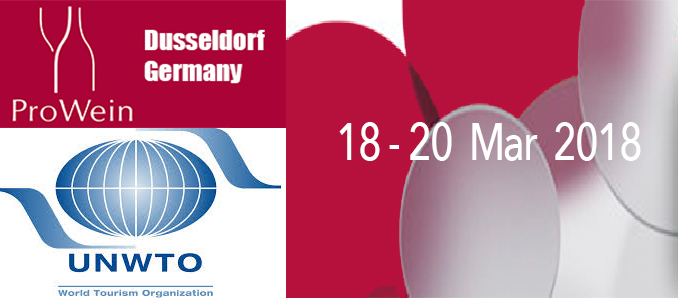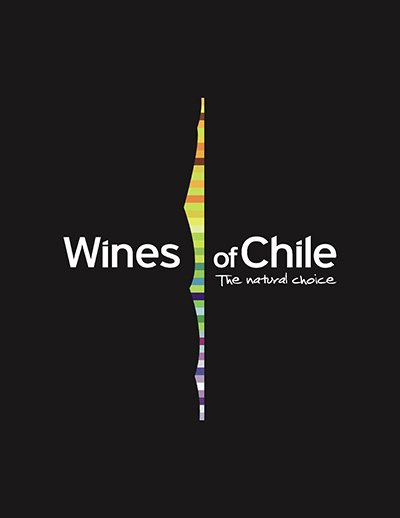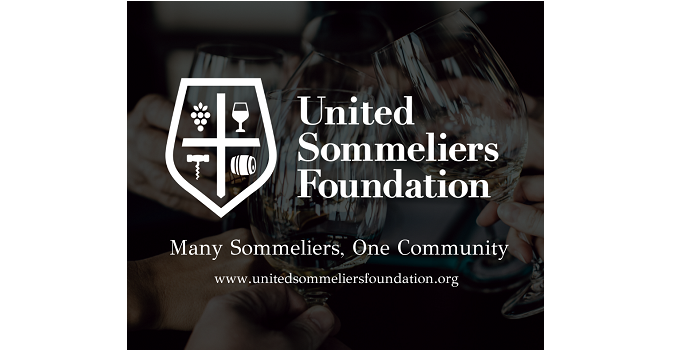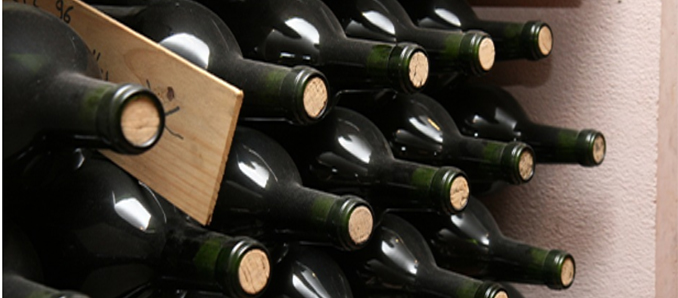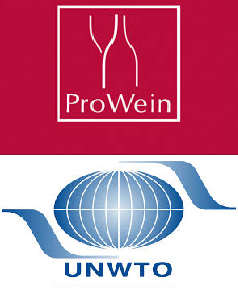 Tourism contributes to a nation’s economic vitality. It can do the same for any wine region or brand. The link between wine and travel has intensified over the last few years – largely owing to the world’s growing thirst for wine. The United Nations World Tourism Organization held their first Global Conference on Wine Tourism in Georgia in 2016 with fifty countries represented. It is estimated that fifteen million US travelers in 2014 pursued wine related journeys. Revenue from wine tourism increased by ten to fifteen percent between 2013 and 2016, for a total of $22 billion. Emmy-award winning travel writer and host of the popular PBS program Travelscope Joseph Rosendo notes that more and more travelers are, “following their passions and heading out on wine journeys. It makes sense because vineyards thrive in some of the most scenically stunning places on earth and are often icons of a country’s history and heritage…travelers are able to marry their passions for travel, food and wine — three human pursuits that have always offered us the opportunity for adventure, joy, and pleasure.”
Tourism contributes to a nation’s economic vitality. It can do the same for any wine region or brand. The link between wine and travel has intensified over the last few years – largely owing to the world’s growing thirst for wine. The United Nations World Tourism Organization held their first Global Conference on Wine Tourism in Georgia in 2016 with fifty countries represented. It is estimated that fifteen million US travelers in 2014 pursued wine related journeys. Revenue from wine tourism increased by ten to fifteen percent between 2013 and 2016, for a total of $22 billion. Emmy-award winning travel writer and host of the popular PBS program Travelscope Joseph Rosendo notes that more and more travelers are, “following their passions and heading out on wine journeys. It makes sense because vineyards thrive in some of the most scenically stunning places on earth and are often icons of a country’s history and heritage…travelers are able to marry their passions for travel, food and wine — three human pursuits that have always offered us the opportunity for adventure, joy, and pleasure.”
While wine travel is not new, it is most certainly renewed in today’s world of travel and leisure. Bordeaux is a premier example, as the name alone has drawn wine visitors to the region for decades. Between 2002 and 2016, visitors to Bordeaux increased by a whopping sixty-one percent. Not only are there more travelers, but many of them want to experience their wine in new ways. Bordeaux wineries are offering a wider range of activities to satisfy tourists’ desire for hands-on experiences – from hand-harvesting grapes with winemakers to blending workshops. Many of today’s wine tourists demonstrate a desire to earn the wine they drink through hard work and education. Brahm Callahan, MS, of Himmel Hospitality Group, recently spent time in Spain’s Ribera and Rueda wine regions where the same trends are evident. “The producers (in Ribera and Rueda) offer a range of experience and perspectives…in order for the experience to be as authentic as possible they need to tie in the food, culture, and surrounding environment.”
One of the most obvious reasons that wine tourism has witnessed growth is the explosion of New World wines. Beyond the well-known California regions, smaller areas are creating infrastructure to accommodate travelers. Detailed maps and suggested routes, such as that offered by the Wine Institute of California, allow travelers at all budget levels to self-guide their journeys. Some regions have started festivals which create the opportunity for repeat visitors. Twenty-eight years ago, Sonoma County’s Dry Creek Valley forged a tradition with their Passport festival that continues to draw crowds. This event has been a touchstone for visitors to Sonoma and can be linked to the region’s tremendous growth over the past three decades.
Another key facet of success in wine tourism is being mindful of the needs of your audience. Portugal’s Alentejo is leveraging their status as a UNESCO World Heritage site, in combination with its notably beautiful landscape – ideal for birding, beaching, and biking – to draw travelers from around the globe. Those who prefer luxury-style travel will appreciate Alentejo’s spas and hotels. This region has armed itself with amenities that fulfill most every need or wish.
Regions and brands are casting wide nets to draw the greatest number of visitors to their uniquely beautiful corner of the wine world. Learn more about the growth of wine tourism, and how to prepare for it, at ProWein, the world’s best International Trade Fair for Wines and Spirits. It is the ideal place to learn and discuss ways to attract more visitors to your region or winery. Held annually in Düsseldorf, Germany (March 18 – 20, 2018), ProWein is an indispensable trade-only event where over 6,700 exhibitors and 58,000 trade visitors from around the world meet to discuss philosophies, best practices, and successes.
Author:
Mark Angelillo co-founded Snooth.com over 10 years ago with the goal of organizing the world of wine information. Although a software engineer by training, he has reviewed thousands of wines and regularly hosts tasting, wine events and dinners.
Sources: Mintel; Joseph Rosendo; Brahm Callahan; Vins de Bordeaux; Tiago Carvana, Marketing Manager, Vinhos do Alentejo; California Wine Institute; Passport to Dry Creek Valley



